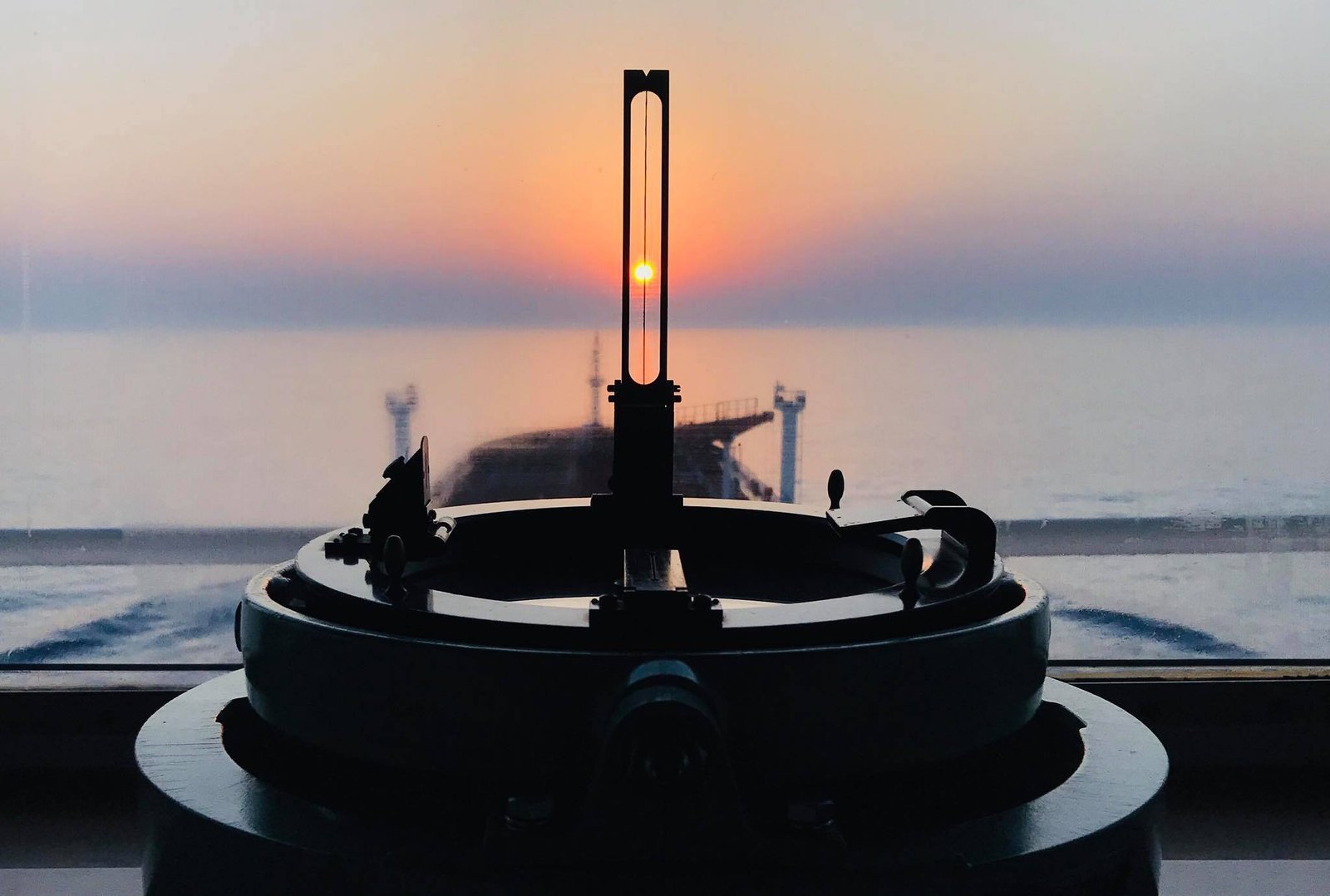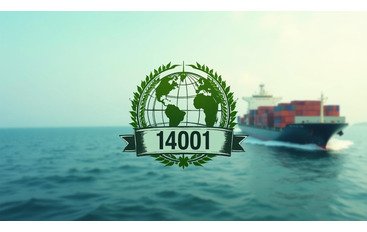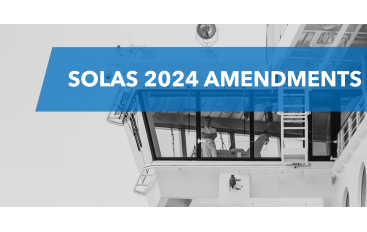I would like to dedicate these posts to some subtleties of work with navigation equipment, which you begin to understand well and clearly only with experience. No matter how long we listened in the classroom, the understanding of the nuances comes to us only when we see it, try it and face faults and malfunctions. Even on the most modern Hi-Tech ships, many errors may occur.
The first among all others I’d like to write about are the heading sensors or compasses.
Generally speaking, any modern ship has at least three instruments for determining the course: standard (magnetic) compass, gyro compass and GPS.
Why is a less accurate magnetic compass called "standard"? Simply due to the very important factor of independence from the electrical power supply. More precisely, the compass does not need the source. The magnetic compass continues to work in all conditions. In addition, according to the SOLAS convention, chapter V, rule 19, paragraph 2.2.1., all passenger vessels and vessels with a capacity of more than 150 r.t. must have a spare magnetic compass, interchangeable with the main one. Gyrocompass is usually not backed up.
Gyro and magnetic compasses allow the measurement of the HDG (heading) of a ship, while GPS gives us information about the direction of the antenna installation point relative to the ground or its COG (course over ground). The difference between COG and HDG calculates the drift(crab) angle.
(1) Gyro-compass (GC) and its repeaters, as a rule, shall be installed strictly parallel to the fore-and-aft plane. However, this does not apply to gyrocompasses with an electronic control unit and digital repeaters (a course on which it is displayed as a number). On gyrocompasses with electronic control unit, the orientation of the ship's F&A plane is set in the form of a reference heading, which must be determined when the compass is mounted on the ship. The reference heading is equal to the sum of the vessel's heading and the angle of deviation of the GC from the F&A plane.
Thus, incorrect determination of the reference heading during installation can lead to the presence of a systematic error in the gyrocompass readings with the electronic control unit.
Misalignment of the gyrocompass with the F&A plane causes a corresponding systematic error in the gyrocompass and repeater readings. At the same time, if a gyro repeater is not aligned with the F&A plane, its deviation is added to the deviation of the GC (which does not apply to digital repeaters).
This was clearly seen when a technician came on board to carry out the periodic service of our GC, unscrewed the bolts with which the gyrocompass was attached to the deck and began to rotate it - the course on the gyrocompass was also changing.
One of the ships I previously worked aboard, the gyro repeater was not fixed and could be freely rotated. It took some time to convince management that this was completely wrong. As you turn a gyro repeater, there is an angle between the main compass and the repeater. If you take a bearing on an object using the main compass and the repeater turned towards a landmark, you will receive an error equal to a relative bearing on this landmark
(2) In addition, significant errors of a random nature arise in gyrocompasses in the absence of speed and latitude corrections. The speed deviation is proportional to the speed of the ship, and the latitudinal deviation is inversely proportional to the cosine of the latitude. Their specific values usually depend on the gyrocompass model.
Modern gyrocompasses are usually setup for automatic latitude and speed correction. However, if a log or GPS receiver fails, respective errors will occur in gyrocompass readings.
I experienced this inaccuracy when the gyrocompass error was close to 2 °. After we checked the settings, the latitude correction was set to manual mode, and when the latitude changed the error of the GC appeared. Once we set back latitude correction to auto, the error was eliminated.
(3) Among other effects, heading measurement accuracy is also affected by the yawing and rolling of the vessel , as well as compass inertia associated with fluctuations in the GC after a manoeuvre.
Elimination of gyrocompass’ systematic error.
!Before eliminating the systematic error of the GK check whether you have set automatic rate correction in speed and latitude!
This can be done on board without shore technician’s assistance. Systematic error of the gyrocompass with the electronic control unit can be eliminated by changing the reference heading (you can find instructions in the installation manual for the gyrocompass). Also many gyrocompasses (for example, Sperry or SGBrown "Meridian Surveyor") have arched holes the base. That is, by loosening the bolts, the gyrocompass can be turned to an angle of up to 5 ° and, thus, systematic error can be eliminated.
(4) Do not forget that gyrocompasses, like other instruments, are subject to periodic maintenance by shore specialists, which you need to request promptly. Liquid in gyro spheres usually shall be replaced annually. Gyro spheres themselves might need to be replaced every 5 years.
In addition, if you turned off and then turned on the gyrocompass after a certain time, it needs some time to come to the meridian (45 minutes or more, depending on the model), which can be monitored by the course recorder.
(5) Magnetic compass error consists of deviation (the effect of the vessel's magnetic field) and variation (the effect of the earth's magnetic field). When measuring bearings and courses on a magnetic compass, the following should be considered:
- magnetic compass is heavily influenced by vessel pitching and rolling. The oscillations of compass during rolling can be 2-3 ° more than the true yaw amplitude.
- magnetic compass deviation does not always correspond to the deviation indicated in the table. This is due to the fact that the amount of metal on the ship can vary, which in turn is related to the nature of the cargo being transported. In this case, the most accurate deviation values are those obtained as a result of determining the correction of a compass with a given cargo on board.
- often, deviation is made up on a ship without the use of shore services using the copy-paste method. That is, the old deviation table with a date changed, so you can imagine the accuracy of such a table.
Do not forget to monitor supporting fluid level in the magnetic compass. There must be no air in the compass bowl. However, do not pour ethyl alcohol (or worse - vodka) into the bowl! Frequently, solutions of different chemical composition and different densities are used as supporting liquids, so it is necessary to determine exactly which solution is used in your model of the magnetic compass.









Comments